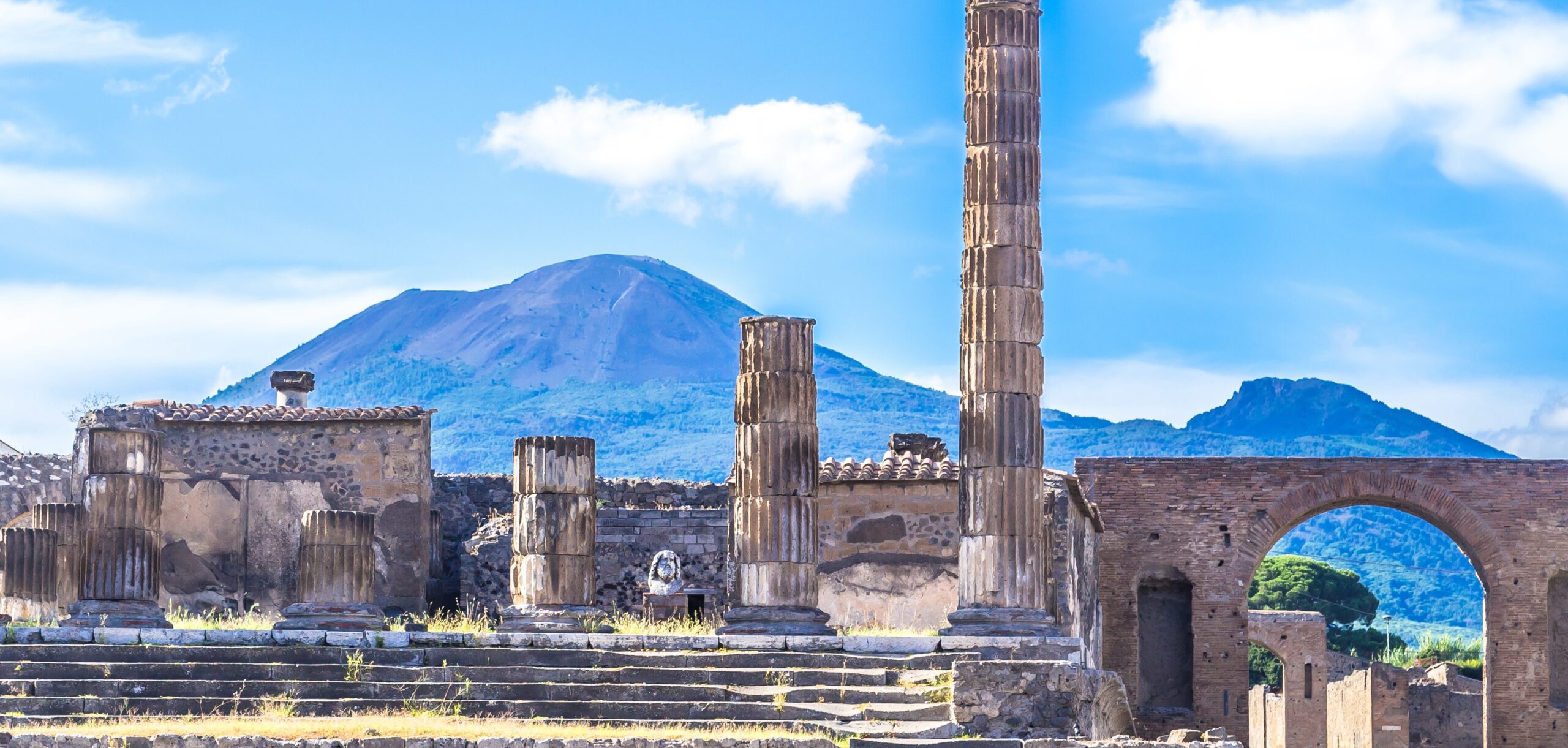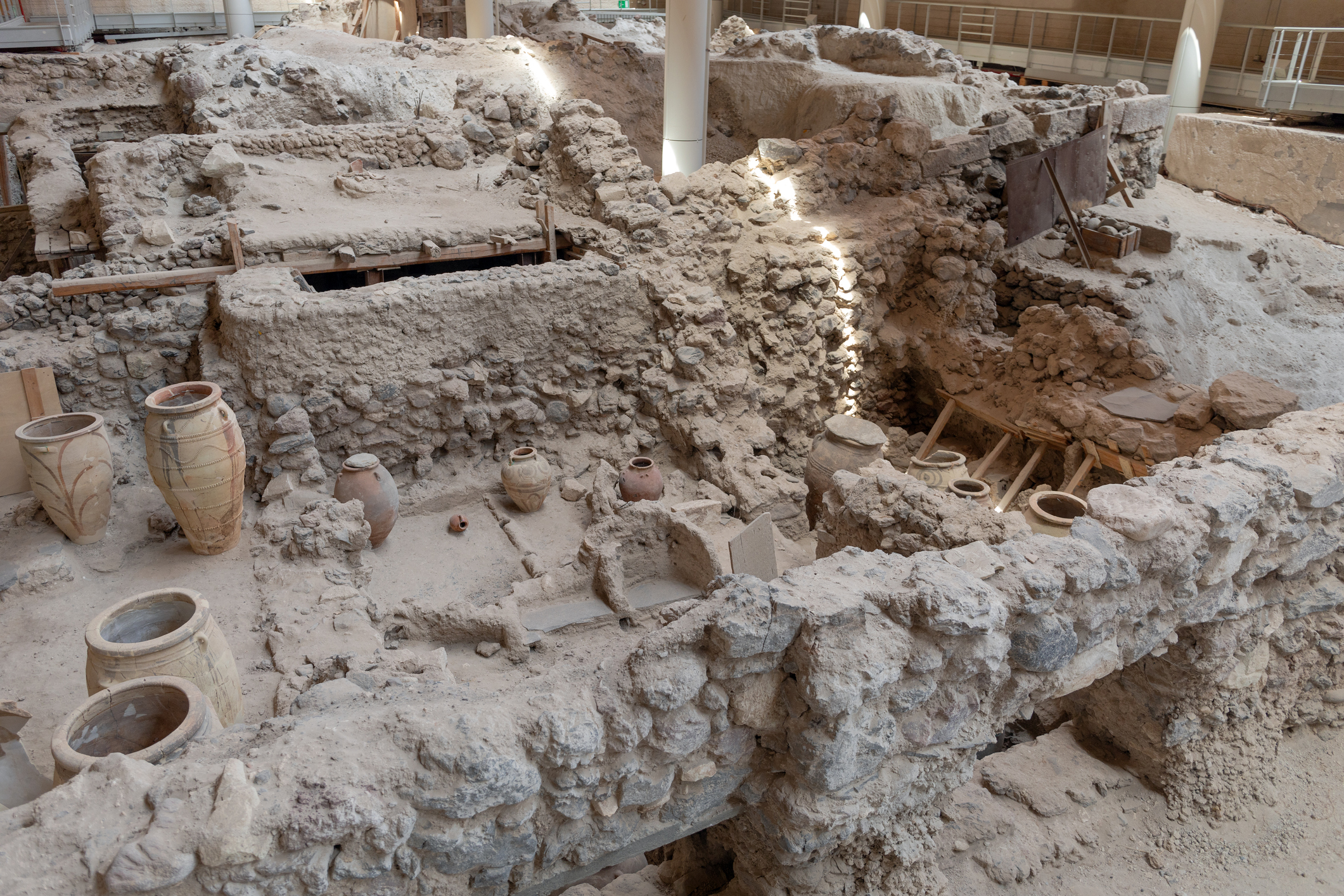
Archaeology has always been a fascinating field, offering glimpses into the lives of our ancestors and the evolution of human civilization. Recent archaeological discoveries are not only rewriting history books, but also transforming the way educators teach about historical concepts in classrooms. These findings are making history more tangible and relatable, connecting the past and present in ways that were previously unimaginable.
The Power of Artifacts
One of the most compelling aspects of recent archaeological discoveries is the power of artifacts to tell stories. For instance, the unearthing of a Viking ship in Norway has provided invaluable insights into the seafaring culture of the Vikings. This discovery has allowed educators to create immersive learning experiences, where students can virtually explore the ship and understand the intricacies of Viking navigation and trade.
Digital Archaeology: A Classroom Revolution
The integration of digital technology with archaeology has revolutionized the classroom experience. High-resolution 3D scans of ancient ruins, like those of Pompeii, enable students to explore these sites without leaving their desks. Virtual reality (VR) and augmented reality (AR) applications are making it possible for students to walk through ancient cities, interact with historical figures, and witness historical events as if they were there. Dr. Sarah Parcak, University of Alabama in Birmingham, is known as a space archaeologist and often compared to Indiana Jones. She has used satellite imagery to identify potential archaeological sites in Egypt, Rome and elsewhere in the former Roman Empire. She even uncovered a previously undetected settlement in Central America.

Lessons from the Past: Sustainability and Innovation
Archaeological findings are not just about understanding history; they also offer lessons for the present and future. The study of ancient agricultural practices, water management systems, and urban planning provides valuable insights into sustainable living. For instance, the sophisticated irrigation systems of the ancient Nabateans in Petra are being studied to address modern water scarcity issues. By examining these ancient innovations, students can learn about sustainability and the importance of preserving our environment.
Connecting Cultures Through DNA
Recent advancements in genetic archaeology have also made significant contributions to our understanding of human history. The analysis of ancient DNA from skeletal remains has revealed migration patterns, interbreeding between different human species, and the spread of diseases. For example, the discovery of Denisovan DNA in modern humans has sparked discussions about human evolution and migration in classrooms, encouraging students to think critically about their own ancestry and the interconnectedness of human cultures.
Bringing History to Life
One of the most exciting aspects of incorporating recent archaeological findings into the classroom is the ability to bring history to life. Interactive exhibits, hands-on activities, and storytelling based on real discoveries make learning more engaging and memorable. Students can handle replicas of ancient tools, participate in simulated digs, and even contribute to ongoing research through citizen science projects.
The connection between past and present is more palpable than ever, thanks to recent archaeological discoveries. By integrating these findings into the classroom, educators are not only enriching the curriculum but also fostering a deeper appreciation for history and its relevance to our lives today. As we continue to unearth the secrets of the past, we open new doors to understanding and innovation, inspiring the next generation of historians, archaeologists, and informed global citizens.
Nystrom World has hundreds of activities that connect historical and geographic themes in the classroom
Try a free 30-day trial today
Tama Nunnelley has taught a variety of the social sciences for the past 29 years. Currently she resides and works in Alabama where she encourages her students to be life-long explorers and to push past fear to reach their goals. Tama is a 2018 National Geographic Grosvenor Teacher Fellow, the 2015 National Council for Geography Education Distinguished Teacher, past president of the Alabama Social Studies Council and co-coordinator of the Alabama Geographic Alliance. She also writes curriculum and is an adjunct in the Department of Geography at the University of North Alabama.
